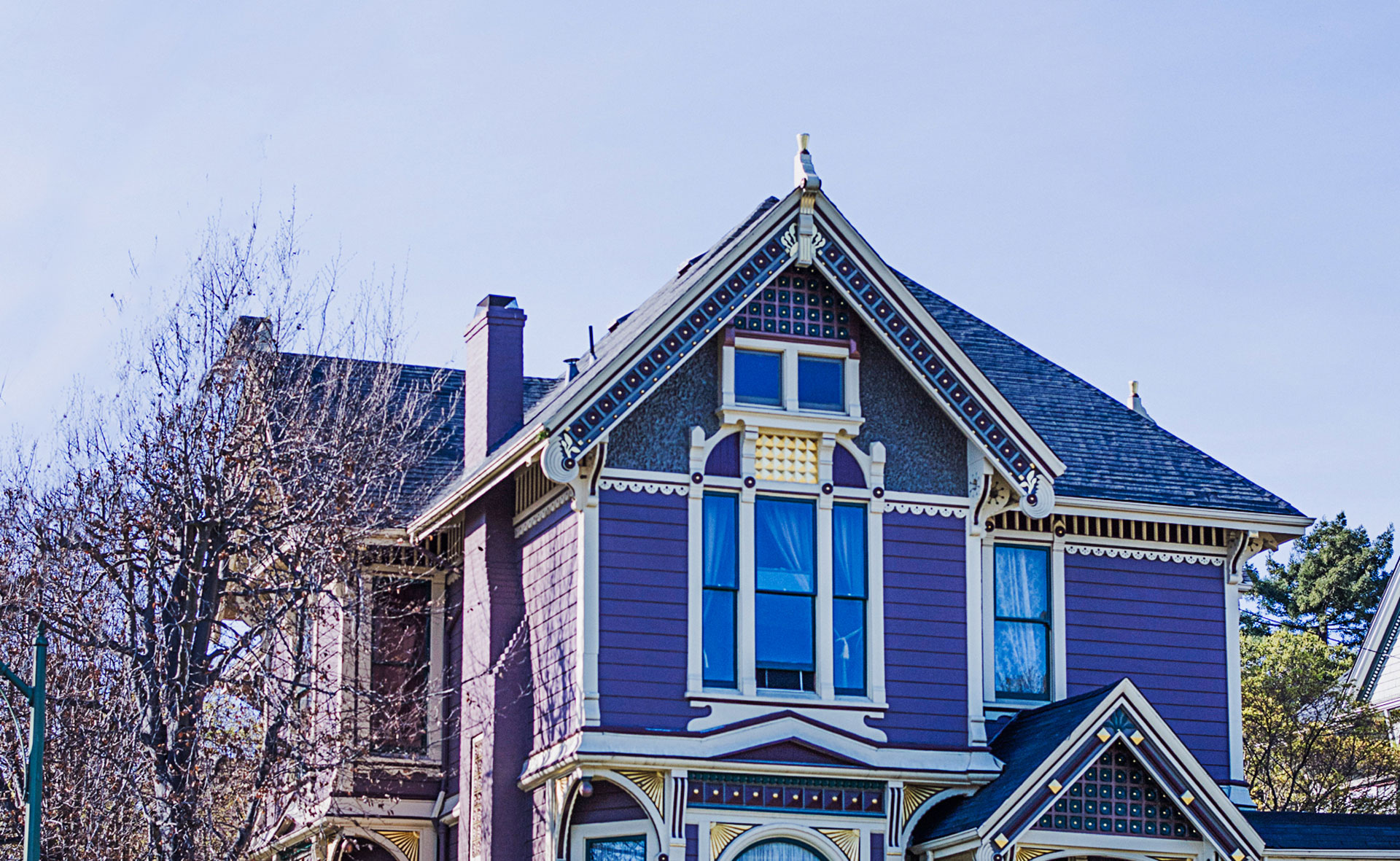Renovations for Senior Citizens
When planning renovations for senior citizens, it is very important to consider the specific needs of each individual while creating a safe and comfortable living environment for them. Here are some things to consider and steps to follow while planning this type of renovation:
- Access their needs: Start by understanding the specific needs of the senior citizen. Consider mobility, vision, hearing, and any other physical limitations that they may have. Talk to them and their caretakers (if needed) to gather more information about their daily routines and challenges that they face in order to give them the best options.
- Safety first: Safety should be the top priority when renovating for seniors. Install grab bars in the bathrooms, especially near the areas where there are toilets and showers. Ensure that all staircases have handrails and are well-lit. Remove tripping hazards, such as loose rugs or uneven flooring. Install smoke detectors and carbon monoxide alarms in appropriate locations.
- Accessibility: Make the living space more accessible by widening doorways to accommodate walkers or wheelchairs. Consider installing ramps or lifts for easy access to different levels in the house. Replace doorknobs with lever-style handles, which are easier for seniors to operate. Install non-slip flooring to prevent falls.
- Bathroom modifications: Bathrooms can be a high-risk area for seniors, so consider installing a walk-in shower or bathtub with a seat and grab bars. Ensure that the bathroom has sufficient lighting and non-slip flooring. Consider raising the height of the toilet for easier use.
- Kitchen modifications: Make the kitchen more user-friendly by lowering countertops to a comfortable height for seniors who may be in a wheelchair or have limited mobility. Install pull-out shelves and drawers to make reaching items easier. Replace traditional faucets with lever-style handles for easier operation.
- Lighting: Adequate lighting is crucial for seniors, as their vision may not be as sharp as it once was. Install bright, energy-efficient lighting in all areas of the house, including hallways, staircases, and outdoor spaces. Consider motion-sensor lights for added convenience.
- Comfort and convenience: Consider installing a chair lift or elevator if the senior has difficulty climbing stairs. Ensure that the home has a comfortable temperature throughout the year, with proper heating and cooling systems. Install easy-to-use thermostats and remote-controlled devices for convenience.
- Consult professionals: It’s advisable to consult professionals, such as architects, contractors, or interior designers specializing in aging-in-place renovations. They can provide expert advice and help create detailed plans tailored to the specific needs of the senior citizen.
- Budget and timeline: Determine a budget for the renovations and create a realistic timeline. Prioritize the most critical modifications and plan accordingly. Consider seeking financial assistance or grants that may be available for senior citizens’ home renovations.
- Regular maintenance: Once the renovations are complete, ensure regular maintenance and inspections to keep the home safe and in good condition. Regularly check handrails, grab bars, and other safety features to ensure they remain secure.
Remember, each senior’s needs will vary, so it is crucial to individualize the renovation plans to mee the needs of the individual person and their requirements.


Recent Comments